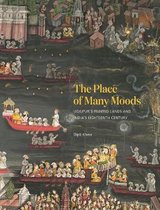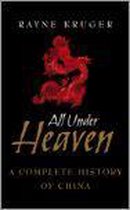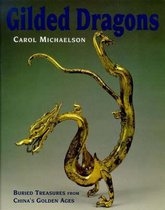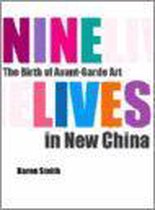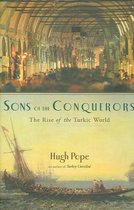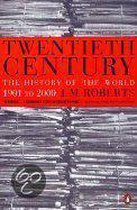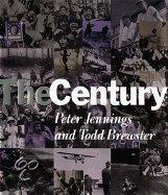Ten Thousand Things Module and Mass Production in Chinese Art
Afbeeldingen
Sla de afbeeldingen overArtikel vergelijken
Auteur:
Lothar Ledderose
- Engels
- Hardcover
- 9780691006697
- 10 januari 2000
- 272 pagina's
Samenvatting
Chinese workers in the third century b.c. created seven thousand life-sized terracotta soldiers to guard the tomb of the First Emperor. In the eleventh century a.d., Chinese builders constructed a pagoda from as many as thirty thousand separately carved wooden pieces. In the seventeenth and eighteenth centuries, China exported more than a hundred million pieces of porcelain to the West. As these examples show, the Chinese throughout history have produced works of art in astonishing quantities--and have done so without sacrificing quality, affordability, or speed of manufacture. How have they managed this? Lothar Ledderose takes us on a remarkable tour of Chinese art and culture to explain how artists used complex systems of mass production to assemble extraordinary objects from standardized parts or modules. As he reveals, these systems have deep roots in Chinese thought--in the idea that the universe consists of ten thousand categories of things, for example--and reflect characteristically Chinese modes of social organization. Ledderose begins with the modular system par excellence: Chinese script, an ancient system of fifty thousand characters produced from a repertoire of only about two hundred components. He shows how Chinese artists used related modular systems to create ritual bronzes, to produce the First Emperor's terracotta army, and to develop the world's first printing systems. He explores the dazzling variety of lacquerware and porcelain that the West found so seductive, and examines how works as diverse as imperial palaces and paintings of hell relied on elegant variation of standardized components. Ledderose explains that Chinese artists, unlike their Western counterparts, did not seek to reproduce individual objects of nature faithfully, but sought instead to mimic nature's ability to produce limitless numbers of objects. He shows as well how modular patterns of thought run through Chinese ideas about personal freedom, China's culture of bureaucracy, Chinese religion, and even the organization of Chinese restaurants. Originally presented as a series of Mellon lectures at the National Gallery of Art, Ten Thousand Things combines keen aesthetic and cultural insights with a rich variety of illustrations to make a profound new statement about Chinese art and society.
Productspecificaties
Wij vonden geen specificaties voor jouw zoekopdracht '{SEARCH}'.
Inhoud
- Taal
- en
- Bindwijze
- Hardcover
- Oorspronkelijke releasedatum
- 10 januari 2000
- Aantal pagina's
- 272
- Illustraties
- Nee
Betrokkenen
- Hoofdauteur
- Lothar Ledderose
- Hoofduitgeverij
- Princeton University Press
Overige kenmerken
- Studieboek
- Nee
- Verpakking breedte
- 216 mm
- Verpakking hoogte
- 279 mm
- Verpakking lengte
- 279 mm
- Verpakkingsgewicht
- 1446 g
EAN
- EAN
- 9780691006697
Je vindt dit artikel in
- Categorieën
- Taal
- Engels
- Boek, ebook of luisterboek?
- Boek
- Periode
- Prehistorie
- Beschikbaarheid
- Leverbaar
Kies gewenste uitvoering
Kies je bindwijze
(2)
Prijsinformatie en bestellen
De prijs van dit product is 39 euro en 90 cent. Dit is een tweedehands product.Alleen tweedehands
Goed
mooi, net, ongelezen exemplaar
mooi, net, ongelezen exemplaar
Op voorraad
Voor 23:59 uur besteld, woensdag in huis
Verkoop door
Inktswart weeshuis van boeken
- Bestellen en betalen via bol
- Prijs inclusief verzendkosten, verstuurd door Inktswart weeshuis van boeken
- Ophalen bij een bol afhaalpunt mogelijk
- 30 dagen bedenktijd en gratis retourneren
- Doordeweeks ook ’s avonds in huis
Rapporteer dit artikel
Je wilt melding doen van illegale inhoud over dit artikel:
- Ik wil melding doen als klant
- Ik wil melding doen als autoriteit of trusted flagger
- Ik wil melding doen als partner
- Ik wil melding doen als merkhouder
Geen klant, autoriteit, trusted flagger, merkhouder of partner? Gebruik dan onderstaande link om melding te doen.
